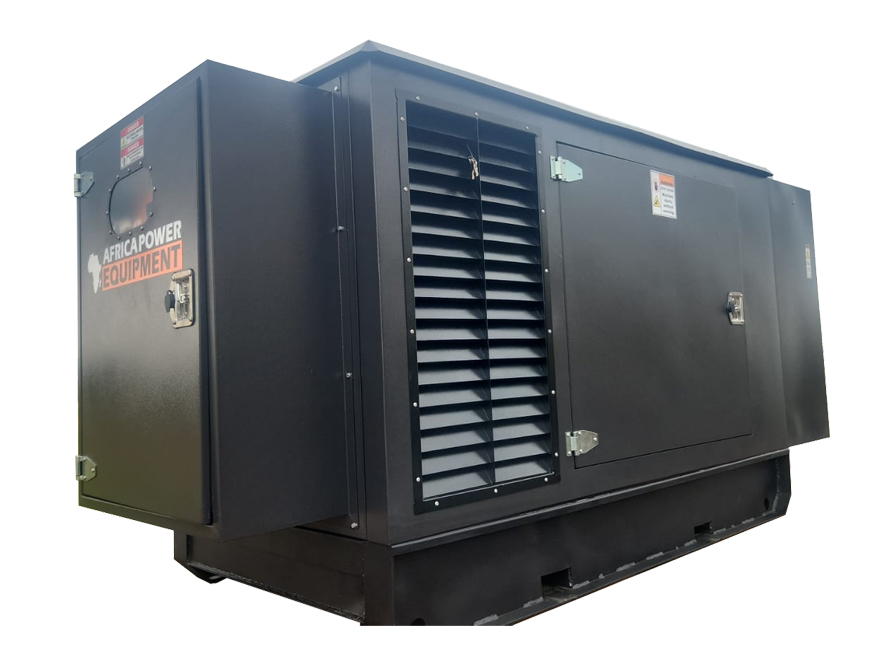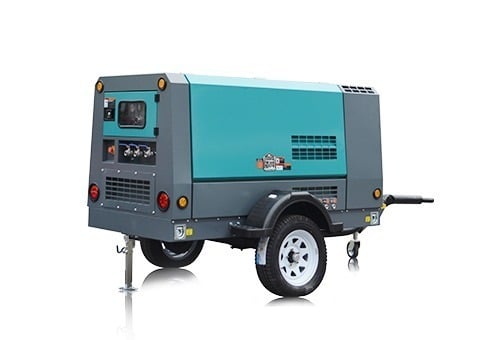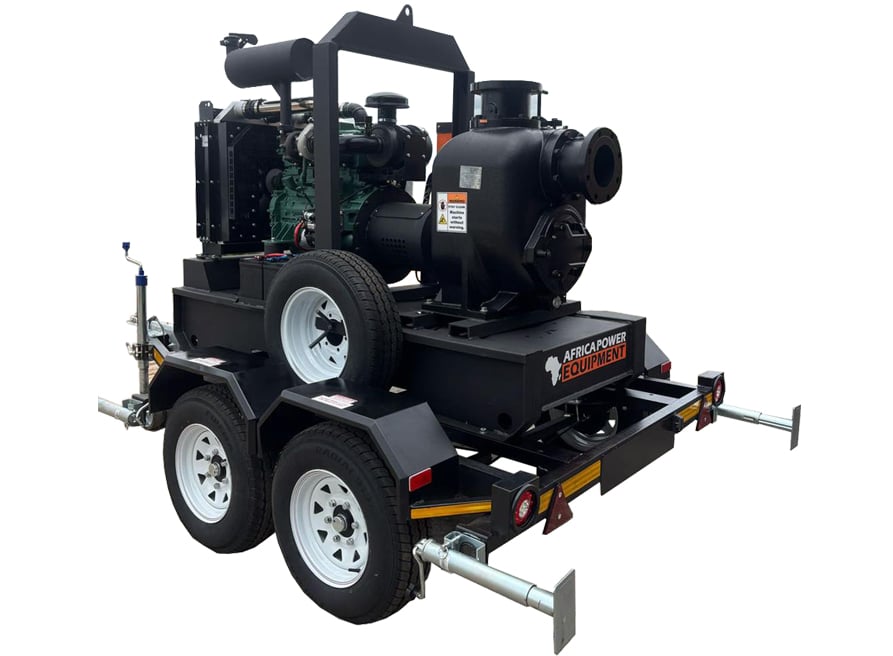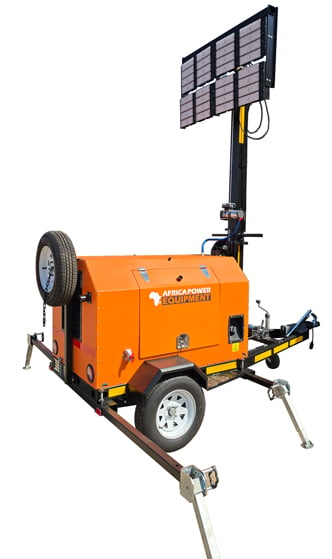Using an Air Compressor to Inflate Car Tires: What You Need to Know
Inflating car tires is one of the most practical and frequent uses for an air compressor. Whether you’re a casual driver or a DIY enthusiast, having the right compressor at home or in your garage can save you time, money, and frustration.
In this article, we’ll explore whether air compressors are suitable for inflating car tires, what specifications to look for, how to do it safely, and when it’s worth investing in your own compressor setup.
🚗 Can You Use an Air Compressor for Car Tires?
Yes, absolutely. In fact, air compressors are commonly used in garages, petrol stations, and homes to inflate tires. The key is choosing a compressor with the right pressure output (PSI) and airflow capacity (CFM) for your vehicle’s tires.
📏 Understanding Tire Inflation Requirements
Most passenger vehicle tires require pressure between 30–35 PSI (pounds per square inch). However, trucks, SUVs, and commercial vehicles may need more—sometimes up to 60 PSI or higher.
You’ll need a compressor that can:
-
Produce at least 40–100 PSI (depending on your vehicle)
-
Deliver 1–2 CFM at 90 PSI (for quicker inflation)
🔍 What Size Compressor Do You Need for Car Tires?
You don’t need a huge industrial compressor for tire inflation. A small portable or pancake-style compressor (6–10 litres tank) works well for home use.
Recommended specs:
-
Tank size: 6–24 litres
-
Max PSI: 90–150 PSI
-
CFM rating: 1–3 CFM at 90 PSI
👉 Tip: Compressors with a built-in pressure regulator and gauge make the process much easier.
🧰 How to Inflate Car Tires with an Air Compressor
Step-by-step guide:
-
Check Your Tyre Pressure Requirement
-
Look inside your driver’s side door or the vehicle’s manual for the correct PSI.
-
-
Connect the Air Hose
-
Use a tire inflator attachment with a secure chuck to avoid leaks.
-
-
Set the Regulator
-
Adjust the compressor’s pressure regulator to match your desired PSI.
-
-
Inflate in Short Bursts
-
Add air gradually, pausing to check pressure regularly using a tyre pressure gauge.
-
-
Do Not Overinflate
-
Overinflated tyres can reduce grip, comfort, and increase wear.
-
-
Disconnect and Replace Valve Cap
-
Once the tyre is properly inflated, remove the chuck and tighten the valve cap.
-
🛑 Safety Tips When Inflating Tires
-
✅ Always check PSI before and after inflation
-
✅ Inflate when tyres are cold (driven less than 3 km) for accurate readings
-
⚠️ Never exceed the max tire pressure rating (stamped on the sidewall)
-
🔌 Use a grounded outlet if running an electric compressor
-
🧤 Wear eye protection to avoid debris or dust during inflation
🔄 Can You Use a Compressor to Deflate Tires?
Yes—by using the same chuck, gently pressing the valve pin lets air out. Some inflator tools also include deflation buttons for convenience.
🔋 Portable vs Stationary Compressors for Tires
| Type | Pros | Best For |
|---|---|---|
| Portable (12V or Battery) | Lightweight, mobile, easy for emergencies | Roadside inflation, glovebox storage |
| Plug-in Home Compressor | More power, faster inflation | Home garages, multiple vehicles |
| Stationary Workshop Compressor | High CFM, multi-use | Mechanic shops, frequent heavy use |
🛠 Best Accessories for Inflating Tires
-
Tyre inflator with built-in gauge
-
Quick-connect couplers
-
Pressure regulator
-
Extension air hoses
-
Digital tyre pressure gauge
🔗 Related Internal Articles
💬 Final Thoughts
Using an air compressor to inflate your car tires is not only convenient but also ensures accurate pressure, improved fuel economy, and safer driving. Whether you choose a small portable unit or a plug-in garage model, having your own compressor pays off quickly in terms of time and cost savings.
Browse our selection of affordable, reliable air compressors at PowerEquipment.co.za to find the right unit for your home or workshop.





